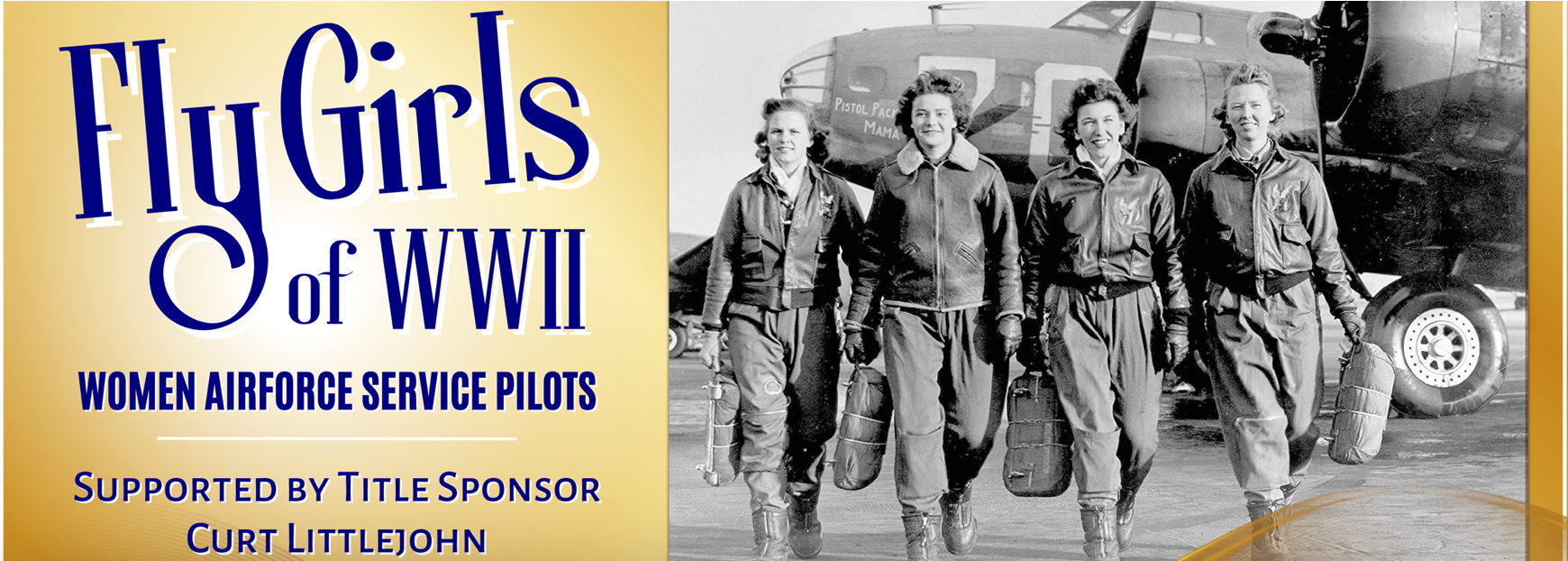
The 1940 Air Terminal Museum, an architectural and historical treasure on the west side of Hobby Airport, has a relatively new executive director with a new approach to the museum’s exhibits.

Maggie Brown
“The main thing that’s been changed is that we now have temporary exhibit space,” said Executive Director Maggie Brown. “Every few months, there is a new exhibit on display.”
The first temporary exhibit was of flight attendant uniforms archived at the museum, which occupies the former Houston Municipal Airport Terminal. It served Houston flights from 1940 to 1954.
“I was interested in the flight attendant uniforms,” Brown said. “The representation of women in the workforce shone through those uniforms.”
The museum’s Art Deco architecture is a throwback to an era when flying was glamorous.
Many of the outfits on display hark back to when uniforms reflected contemporary fashion and flight attendants were expected to be attractive and skilled. Job performance reports from that era are also on display. One flight attendant’s 1963 evaluation included the comment: “Good except – makeup should be of a lighter and less pink shade … Eyebrows should be attended to more often.”
The exhibit also appealed to Brown’s interest in women’s aviation representation evolution. It features the Women Airforce Service Pilots, or WASP, also known as Fly Girls, a cadre of civilian women that supported America’s military during World War 2.
The WASP program was founded in 1942. The women who qualified for the program were highly trained and often did dangerous work — and definitely outside the norm for women at the time.
“I had no idea that they started here in Houston. I wanted Houstonians to know that and our role in that history,” said Brown. “The first two graduating classes were here in this airport.”
For aviation buffs, several displays lay out that history from 1910 to the present. The permanent exhibit features memorabilia such as cocktail bottles, playing cards, and coffee service. On display also is a graph showing the progression of the airline industry, highlighting foundings, mergers, and closings.
Local historian Michael Bludworth gives regular presentations at the museum on Houston aviation history. He spoke recently to a standing-room-only crowd, describing key events in the evolution of Hobby Airport.
“It’s not just airport history,” he said. “It’s Houston history.”
The museum opened in 2004, occupying half the first floor, with the remainder of the building opened in 2009. It’s overseen by the Houston Aeronautical Heritage Society.
The 1940 Air Terminal Museum, at 8325 Travelair St. is open Tuesday through Sunday from 10 a.m. to 5 p.m. Admission is $10 for adults, $5 for children ages 2 through 12 (admission is free for those under 2). For more information, visit www.1940airterminal.org or call (713) 454-1940.
The third Saturday of the month features special activities. In March, June, September, and December, the museum hosts Wings and Wheels, featuring static aircraft and classic cars on display, along with guest speakers and museum tours.
During the other months, the third Saturday is Open Ramp Day, when the ramp on the west side of Hobby Airport and the third-floor balcony of the museum are open, enabling visitors to view airplane traffic at Hobby with an unobstructed view.
During the other months, the third Saturday is Open Ramp Day, when the ramp on the west side of Hobby Airport and the third-floor balcony of the museum are open, enabling visitors to view airplane traffic at Hobby with an unobstructed view. Open Ramp Day admission is $12 for adults and $6 for children.
The museum offers space rental for private events.
— By Ruth Nasrullah






